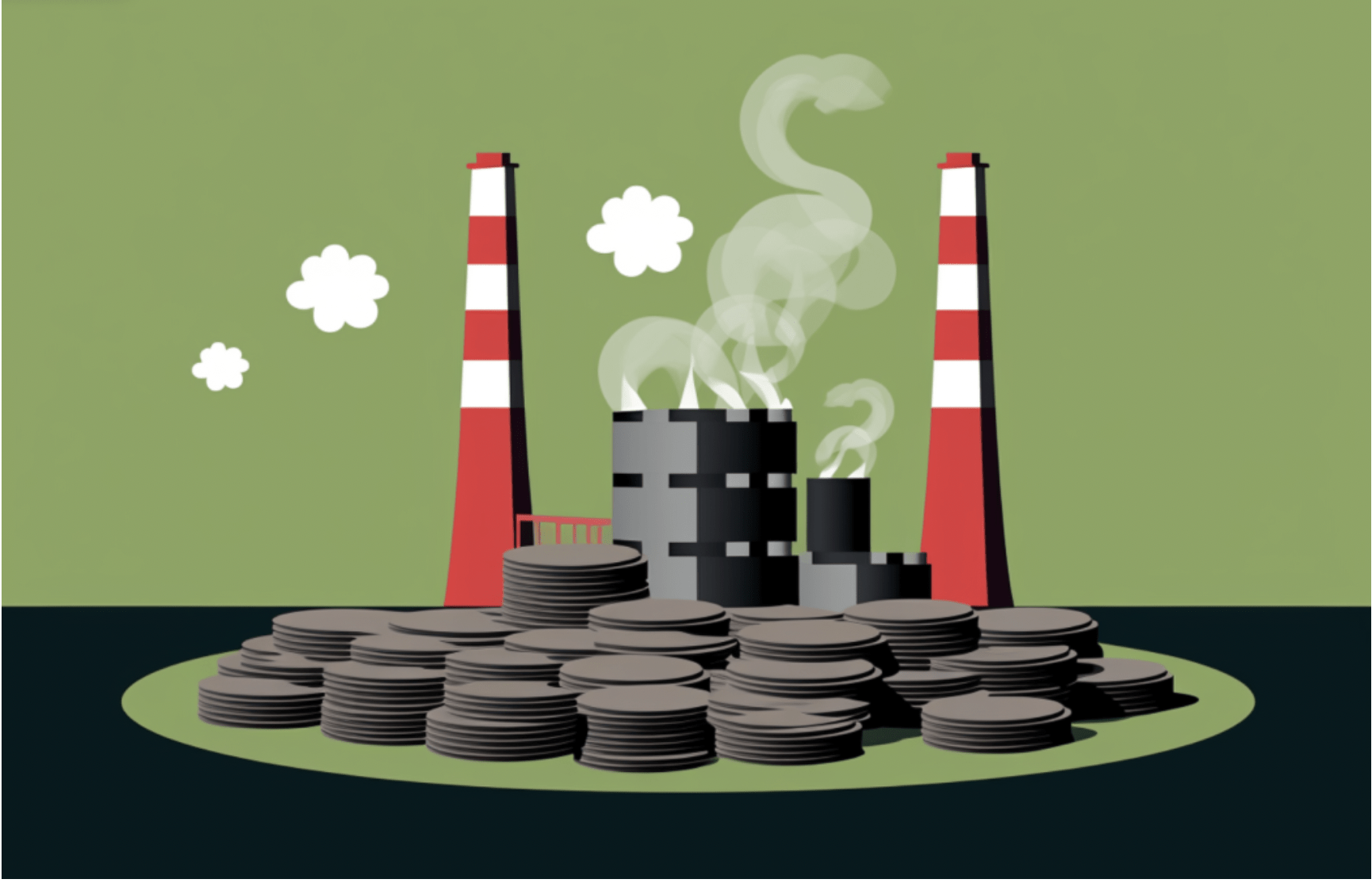CBAM and the Global South, The Unintended Consequences of the EU’s Carbon Pricing System

The EU has embarked on an aggressive path of decarbonization. The ETS (Emissions Trading System) is a “cap and trade” scheme: “cap” refers to an overall limit to carbon dioxide that the EU permits; “trade” refers to permits that can be bought and sold by firms whose production activity will cause carbon dioxide emissions.
Carbon embodied in imports constitutes about 20 percent of the EU’s total emissions. To reduce the imported emissions, it has put forward a proposal called the Carbon Border Adjustment Mechanism (CBAM). Other countries e.g. the US, Canada, and Japan are planning similar measures.
The CBAM involves imposing tariffs on imports from countries that do not “price” carbon appropriately, and hence, use carbon-intensive methods of production. All imports to the EU will be subject to this test.
Global South countries will struggle to deal with unintended consequences of the EU carbon pricing scheme: they are being asked to limit additions to the stock of carbon from now on. This is without any significant financial transfers, or, more importantly, in this case, a transfer of technology.
Gianmarco Ottaviano is a IEP@BU fellow, he is also Professor of Economics and Boroli Chair in European Studies at Bocconi University, having previously taught at the London School of Economics and the University of Bologna.
Katheline Schubert is Professor at the University of Paris I Panthéon Sorbonne. She is also a member of the French High Council for Climate and the French Economic Council for Sustainable Development. She is also past‐president of the French Economic Association.
Partha Sen has served as the director of the Delhi School of Economics. His areas of interest are macroeconomics, international economics, and environmental economics. He is a member of the CESifo Munich's research network.
Read the Related IEP@BU Content
TO REGISTER FOR THE EVENT
IEP@BU does not express opinions of its own. The opinions expressed in this publication are those of the authors. Any errors or omissions are the responsibility of the authors.